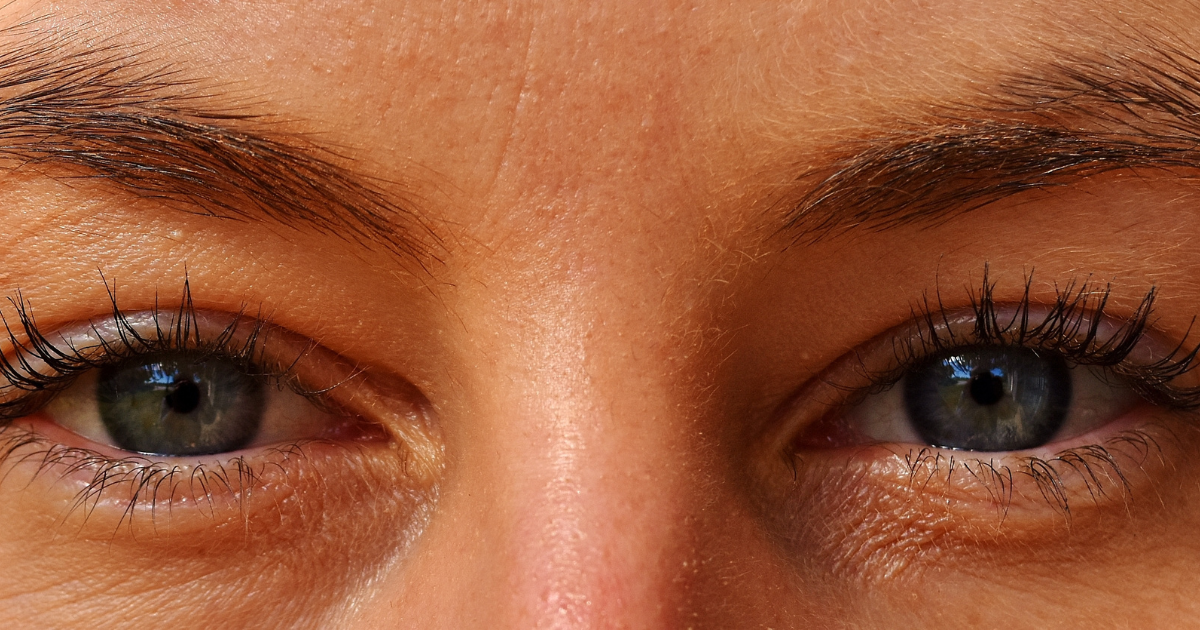Sjogren’s Syndrome is an autoimmune condition where the immune system mistakenly attacks the body’s moisture-producing glands. While dryness of the eyes and mouth are its hallmark symptoms, the condition often develops silently over time. Many early signs are either ignored or misattributed to other causes — leading to delayed diagnosis.
In this blog, we’ll explore the early warning signs of Sjogren’s Syndrome that people commonly miss, and why recognizing them early is essential for better management.
Why Early Detection Matters
Sjogren’s is not just about dryness — it’s a systemic disease that can affect joints, nerves, skin, kidneys, lungs, and more. Diagnosing it early can help prevent complications and improve quality of life. Unfortunately, it takes an average of 3 to 5 years for many patients to receive a proper diagnosis.
Let’s uncover the early signs you should not ignore.
1. Persistent Dry Mouth (Xerostomia)
This might seem like a minor inconvenience, but unusual dryness in the mouth is one of the earliest indicators of Sjögren’s. Patients often report:
- Needing water frequently, even at night
- Difficulty chewing dry food
- Burning sensation in the mouth or tongue
- Bad breath or a sticky feeling
These signs are often brushed off as dehydration or stress, but if they persist, they warrant investigation.
2. Dry, Irritated, or Gritty Eyes
Another early and often overlooked symptom is chronic dry eyes. You may feel like you have sand in your eyes or notice:
- Redness or itching
- Light sensitivity
- Needing eye drops often
- Blurry vision
Sometimes, people blame this on screen time or allergies, but chronic eye discomfort may be the first clue to Sjogren’s.
3. Unexplained Fatigue
Fatigue in autoimmune diseases can be overwhelming and not relieved by rest. It often appears early but is misattributed to lifestyle, lack of sleep, or stress. If you find yourself unusually tired for weeks or months without clear cause, it could be related to your immune system.
4. Swelling in Salivary Glands
Recurring painless swelling near the jawline or below the ears may indicate inflammation of the salivary glands. This is an early sign that often goes unnoticed unless the swelling becomes obvious or painful.
5. Joint Pain or Stiffness
Sjogren’s can cause symptoms similar to rheumatoid arthritis. Early signs include:
- Morning stiffness
- Swollen or painful small joints (like fingers or wrists)
- Difficulty moving after rest
These joint symptoms often lead to a misdiagnosis unless coupled with other classic features like dryness.
6. Frequent Mouth Infections or Cavities
Because saliva protects teeth, dry mouth increases the risk of cavities and oral infections. If you are getting more dental issues despite good hygiene, Sjogren’s could be the underlying cause.
7. Dry Skin or Vaginal Dryness
Dryness isn’t limited to eyes and mouth. Many people with Sjögren’s also experience:
- Dry or itchy skin
- Vaginal dryness (in women), leading to discomfort or pain during intercourse
These signs are often dismissed or linked to aging or hormone changes but may be related to autoimmune activity.
8. Chronic Cough or Breathing Issues
Some patients may experience dry cough, breathlessness, or chest tightness. This may be due to inflammation of the lungs or airways, which can occur even in early stages of the disease.
When to See a Doctor?
If you experience a combination of the above symptoms persistently, especially dry mouth and eyes along with fatigue or joint pain, consult a rheumatologist. They may recommend:
- Blood tests (Anti-SSA/Ro, Anti-SSB/La antibodies)
- Eye tests (Schirmer’s test)
- Salivary gland biopsy or imaging
Final Thoughts
Sjogren’s Syndrome is often silent but progressive. The earlier it’s identified, the better the chances of managing symptoms and avoiding complications. Don’t ignore your body’s subtle signs — especially when they persist or occur together.
Early action leads to early relief. Listen to your body, ask questions, and seek help when things don’t feel right.




